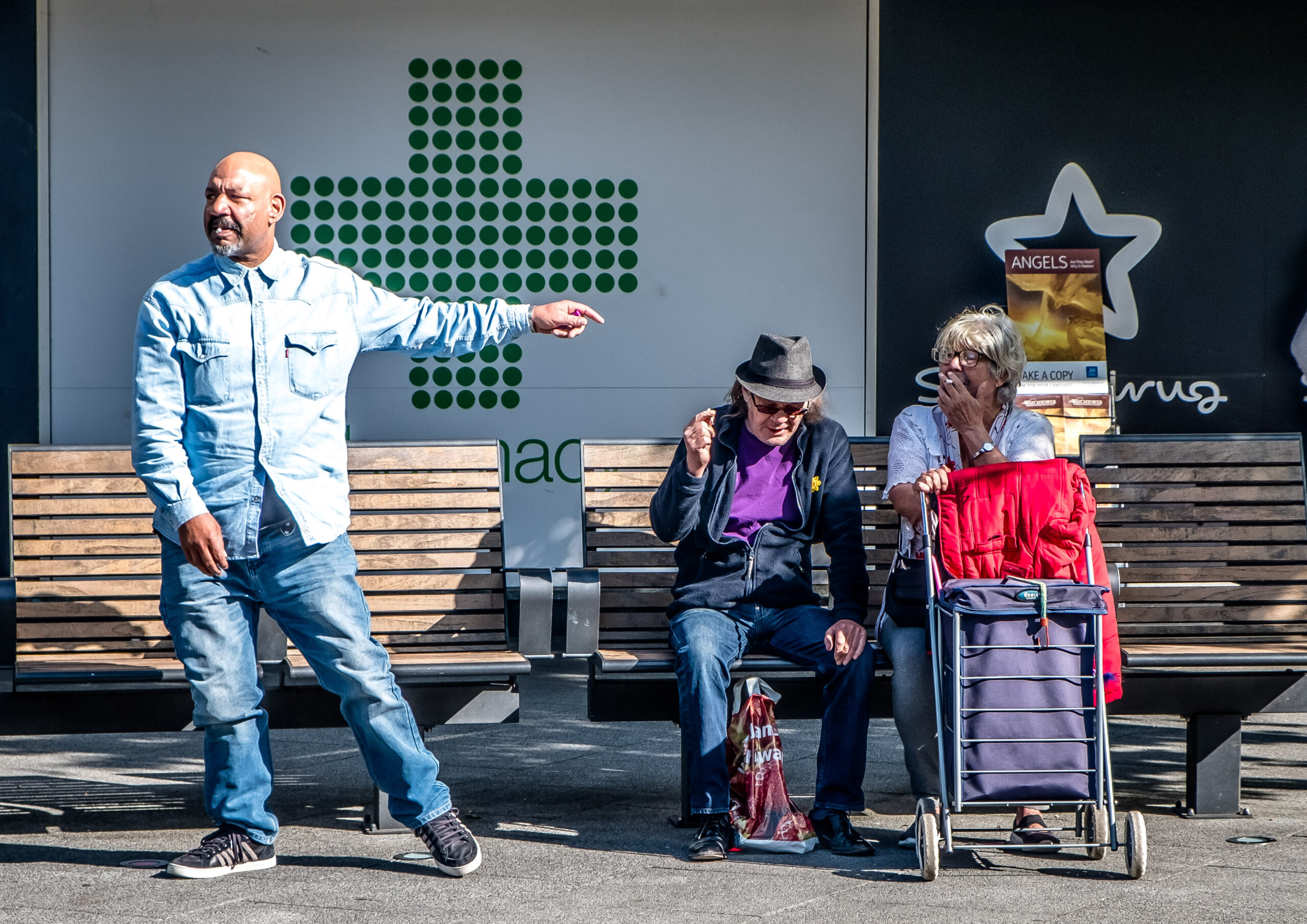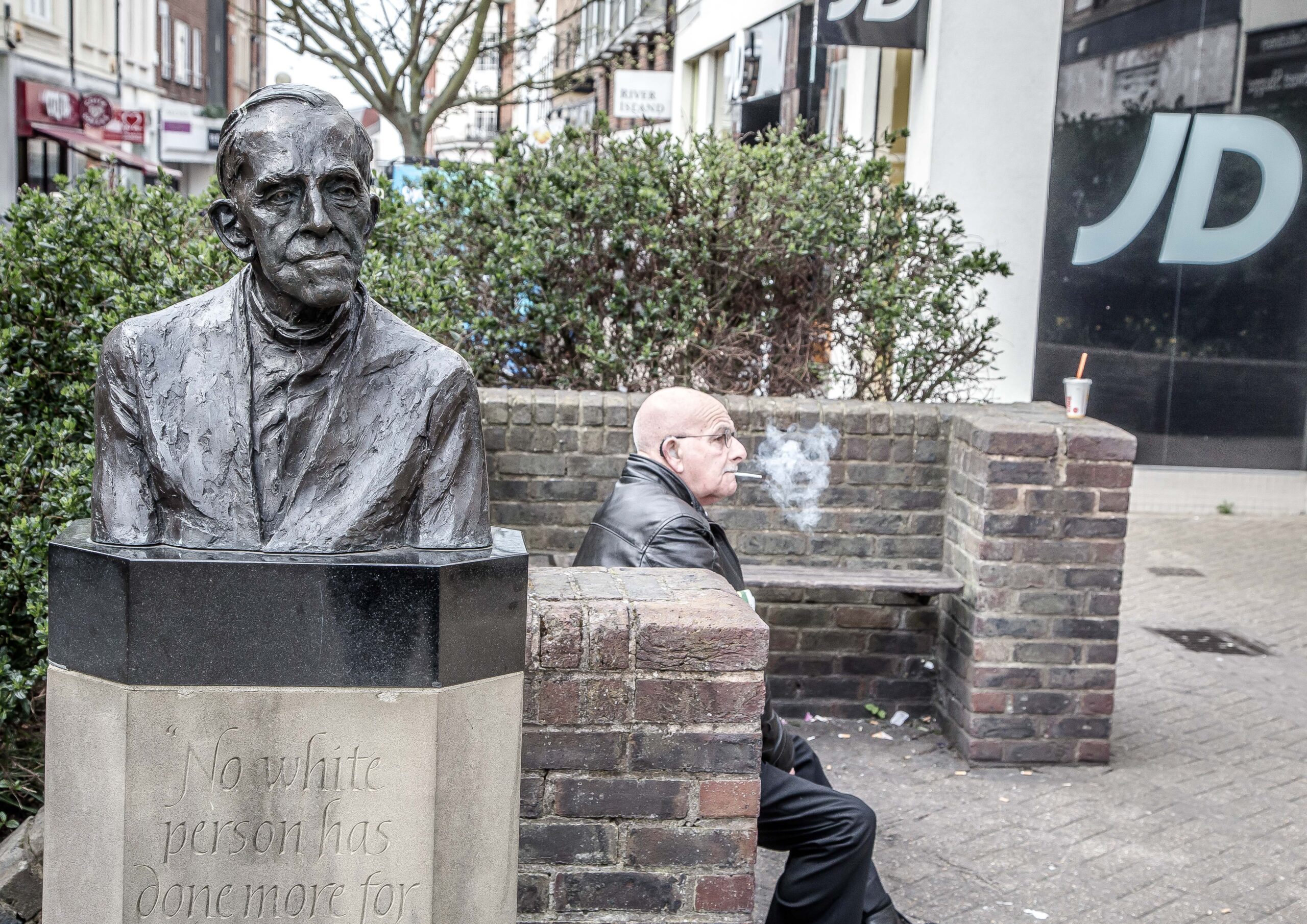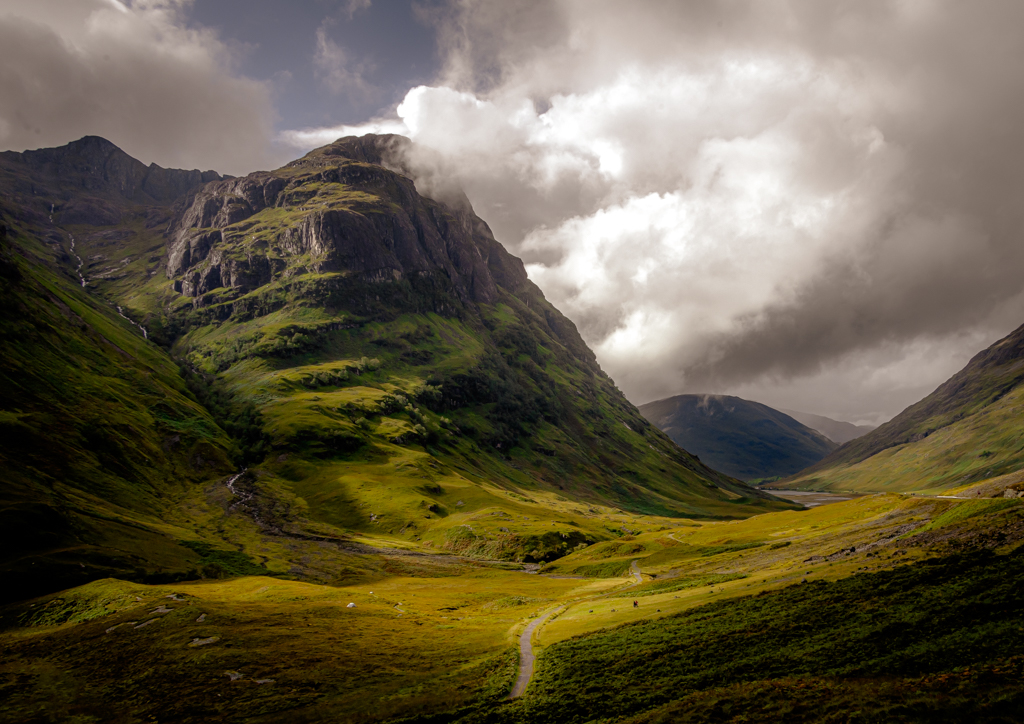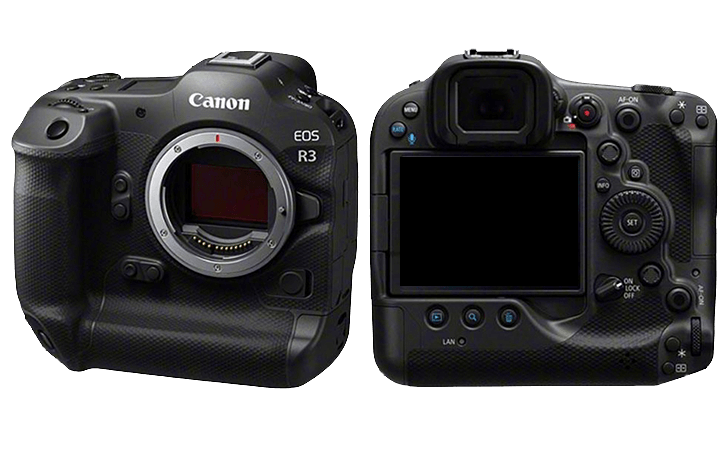
This guide is full of street photography quick tips for the photographer who wants to go out and hunt for urban images.
Get Started

Remember 99% of street photography is about failure. Just accept that the majority of shots will be rubbish. The joy of getting just one image will make up for all the footslogging.
“Every once in a while at the end of the day, when I am most exhausted and hungry, something – a shaft of light, an unexpected gesture, an odd juxtaposition- suddenly reveals a photograph”. Alex Webb
It is easiest to start street photography with a theme or a project. People smoking or vaping. Reflections in shop windows. Conversations. Arguments. Eating and drinking. All human life is there for the taking.
Quick Tip: Get Close

Get close by using use a 35mm or 28mm prime lens. The advantage of a wide angle lens is that it gives the viewer a sense of being there and in the moment.
It is better to blend in with the crowd and be part of the urban scene. By shooting from across the street with a long lens, you are more like a sniper than a street photographer
‘If your photos aren’t good enough, then you’re not close enough.’ Robert Capa
Cameras for Street Photography

Compact cameras with a prime wide angle lens are best for street photography. A zoom lens is not necessary and could slow down picture taking.
Shoot from the hip. Raising a camera to your eye just says “Look at me”
Be prepared to crop, there is often no time to compose the frame. Get the picture and do the work in post processing.
Use a smartphone. It’s ideal for street photography.
Settings for Street Photography

The experts say use aperture priority, but that advice comes from an earlier time when depth of field was required to ensure the subject was sharp.
Modern cameras with auto focus don’t require zone focusing. So to ensure a sharp image use shutter priority with a high ISO. This will freeze the action and capture that decisive moment.
‘Sharpness is a bourgeois concept’ Henri Cartier-Bresson
Street Photography by Walking Around

Dilemma! Is it better to walk around and search for street images or is it better to find a good location and let the picture come to you?
Walking around is more active and interesting, however standing and waiting means that the dynamic is easier. As people will be entering your personal space instead of you entering their space.
Avoiding Confrontation: Quick Tips

Learn the law about street photography.
If there is confrontation, be open & friendly. Apologise profusely even though you are not in the wrong and be prepared to delete images on request
Business cards are useful to show that you are a real photographer, maybe even a professional photographer.
Street Photography: Capturing Emotion and Telling a Story

Like no other genre street photography gives the opportunity to capture emotion.
‘You fill up the frame with feelings energy, discovery and risk, and leave room for someone else to get in there’ Joel Meyerowitz •
Most of all street photography can tell a story.
“The whole point of taking pictures is so that you don’t have to explain things with words.” Elliott Erwitt
Street Photography Quick Tips

These street photography quick tips are just a guide. Learning by doing and experience will fill in the gaps












